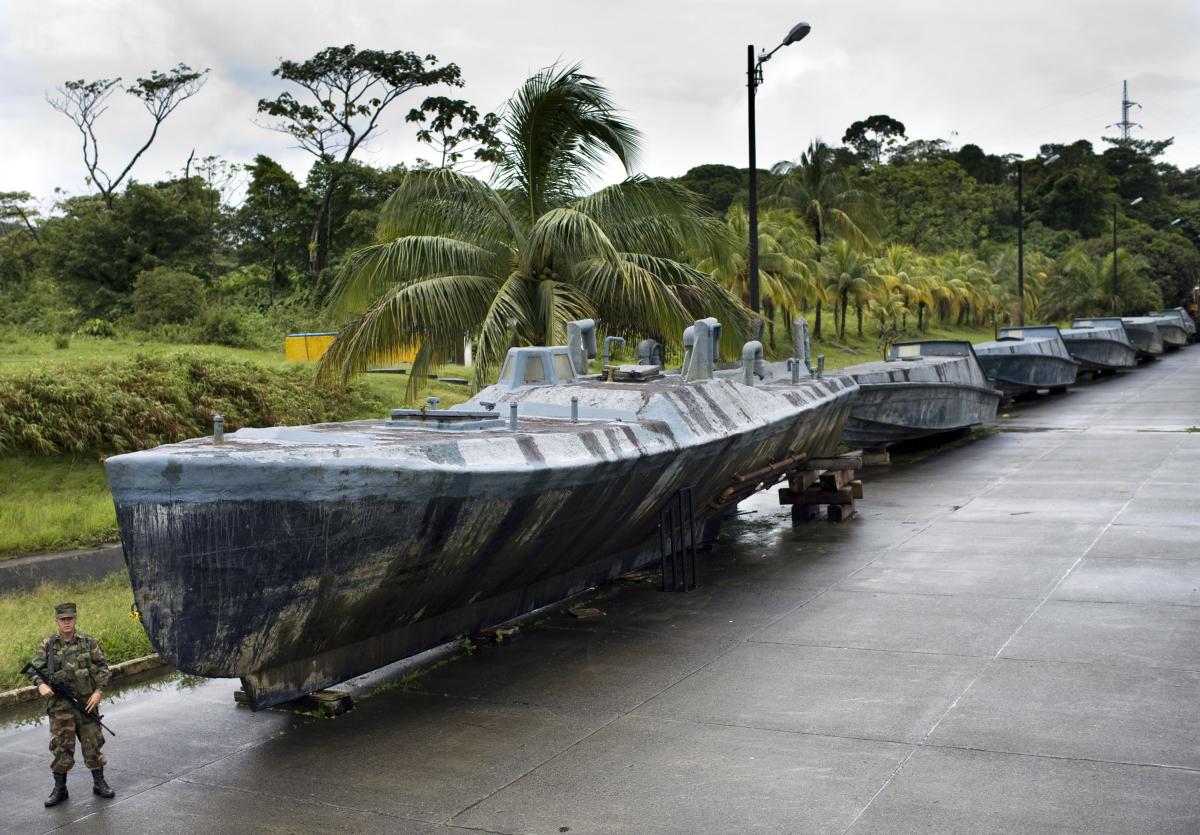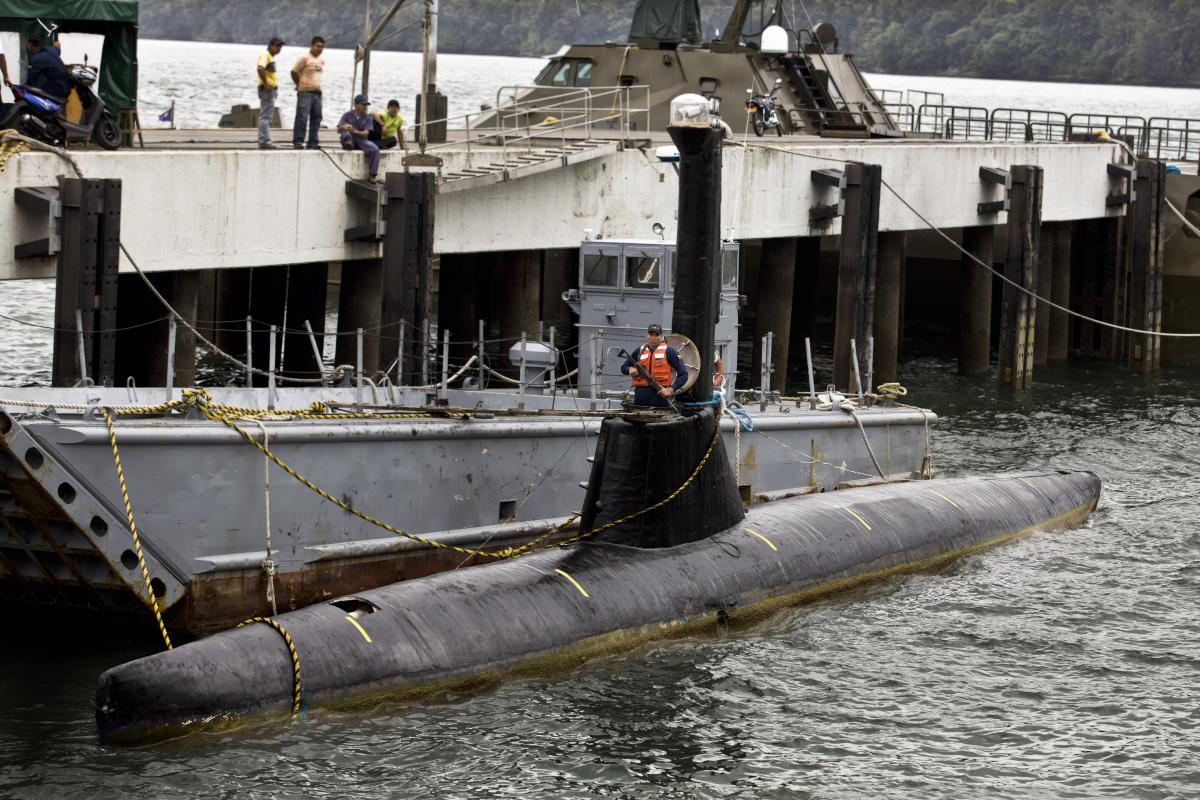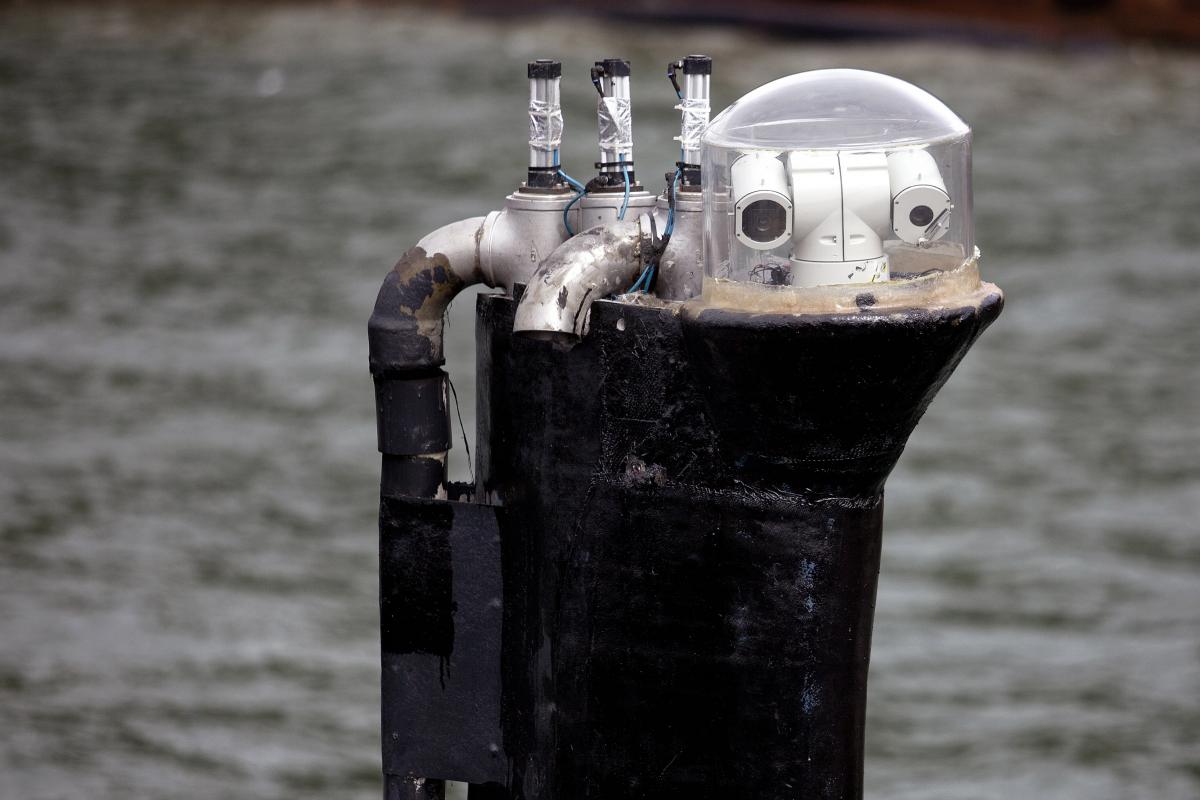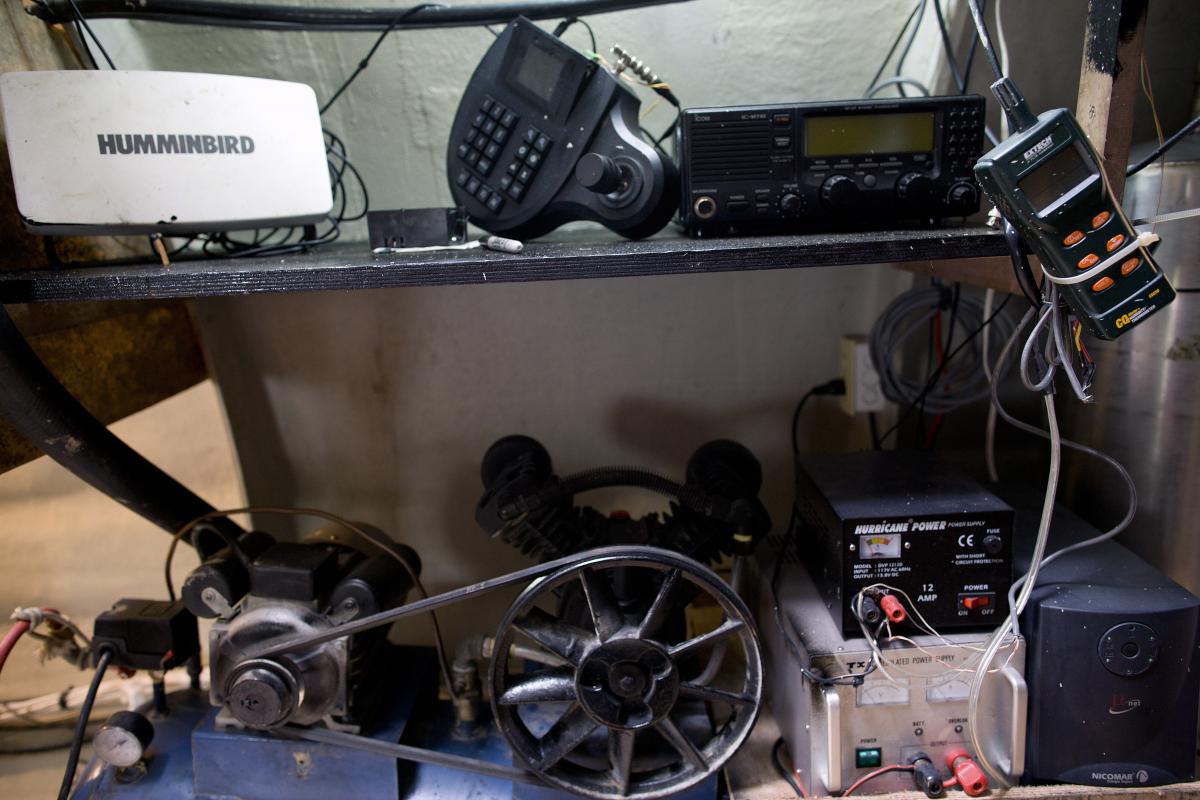Underwater Underworld
A single cocaine shipment can have a street value of hundreds of millions of dollars, a fact that drives an ever more sophisticated cat-and-mouse game between drug cartels and law enforcement agencies. Illegal drugs travel not only by truck, plane and boat, but even by submarine and semi-submersible.
Colombian drug cartels employ ever more sophisticated arsenals and tactics in their efforts to better each other as well as domestic and international efforts to shut down their operations. Cocaine has been carried by human ‘mules’, hidden inside car tyres, concealed in truckloads of other goods, and dropped from aircraft as law enforcement agencies fight to intercept as much of the dangerous cargo as they can.
Land and air are not the only export routes, however, and both high-tech fibreglass powerboats and ordinary fishing trawlers have also been used to transport cocaine and other drugs. During the 1990s, however, as police increased surveillance of surface vessels, cartels turned to semi-submersibles, sealed boats that travel just below the ocean’s surface. Only a small window or periscope protrudes, breaking the surface but not rising higher than the surrounding waves, trailing a wake so small as to be practically invisible. The window is too small to be easily detected by surface radar, and the sea water disperses the heat of the engine, hiding the vessel from infrared scanning. Semi-submersibles are also designed to be rapidly scuttled in case of interception, sending the incriminating cargo to the ocean floor.
Each semi-sub’s estimated construction cost of US$1 million is dwarfed by its ability to transport as much as eight tons of cocaine with a street value of US$300 million, and experts estimate that in 2009 they carried as much as 70% of the cocaine leaving Colombia’s Pacific coast.

Semi-submersibles and go-fast boats seized in raids by the Colombian navy are exhibited like trophies at the Bahia Malaga Naval Base.
You seem to enjoy a good story
Sign up to our infrequent mailing to get more stories directly to your mailbox.
This submarine was found by the Colombian Navy on February 12, 2011 near Timbuiqui in the mangrove swamps of the Colombian Pacific coast. Built from 3 cm (1.2 in) fibreglass, the submarine has a 346-horsepower engine capable of transporting a four-man crew and an 8-ton payload up to 1,450 km (900 mi) at a depth of 9 m (30 ft).

The submarine periscope utilises two cameras, one for daylight and one for night vision, to monitor the sea surface from below.

The 31 m (100 ft) submarine captured in February 2011 is a fascinating hybrid of high and low technology. The boat was equipped with GPS, electronic charts and two types of radios.
One of the many innovations by a Colombian drug cartel. This submersible unmanned craft, 6 m (19.5 ft) in length and 1.5 m (5 ft) in diameter, was designed to be towed behind a ship. It has a cargo capacity of about 2 tons.
The shift from semi-submersibles to submarines represents ‘a quantum-leap in technology’, says Jay Bergman, who heads the US Drug Enforcement Administration, Andean division. ‘It’s the difference between building a motor-scooter and building a car.’

